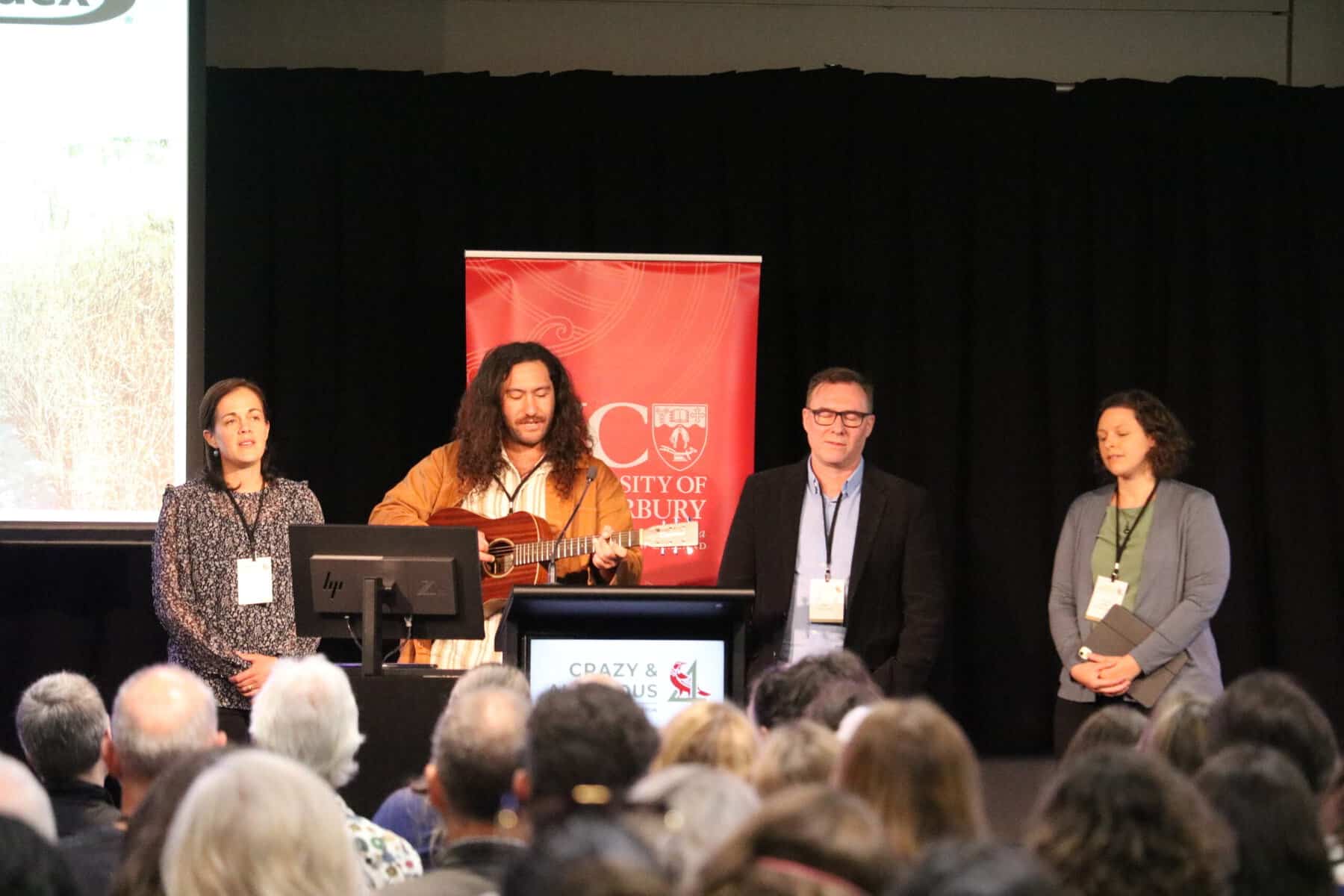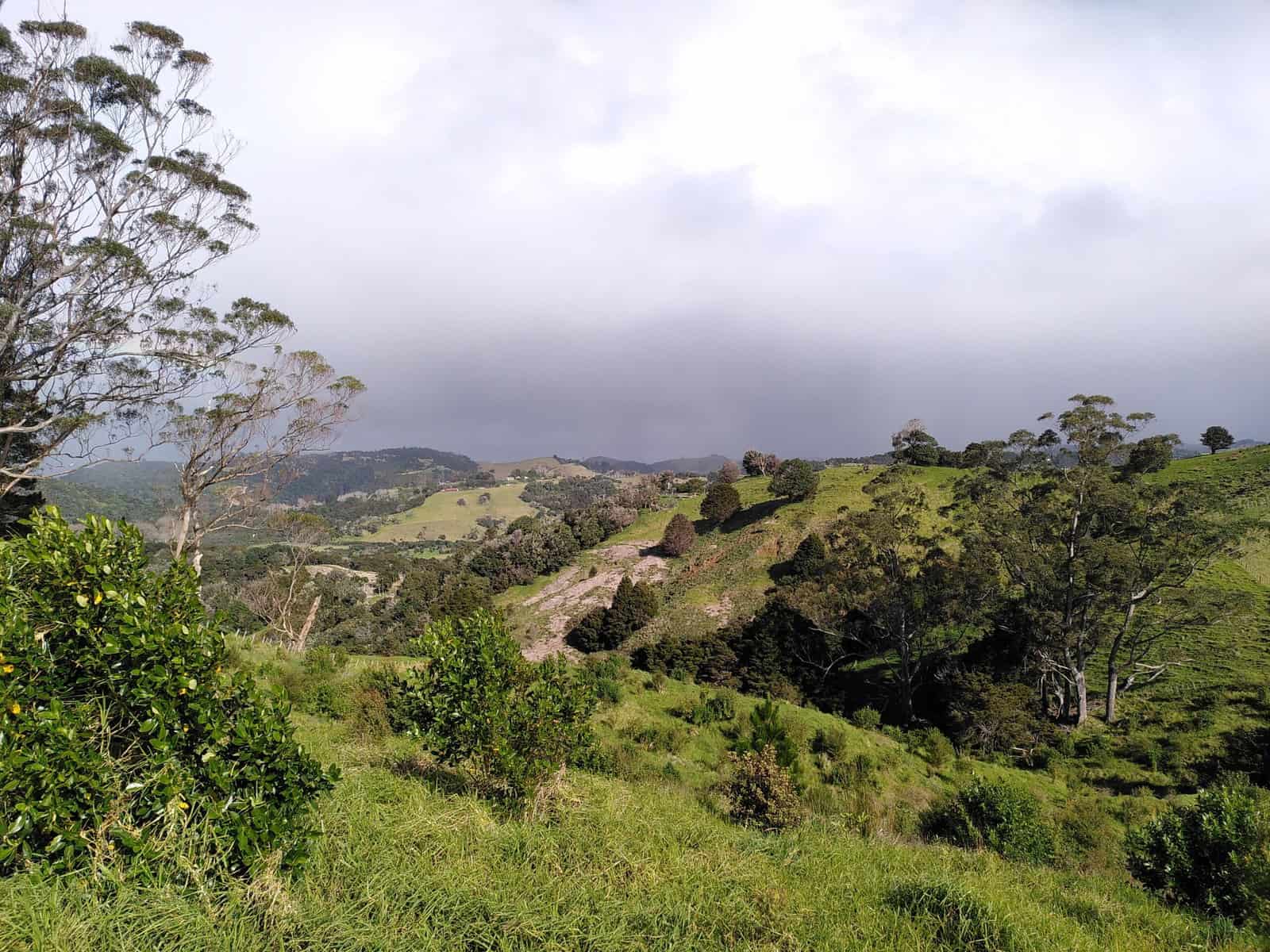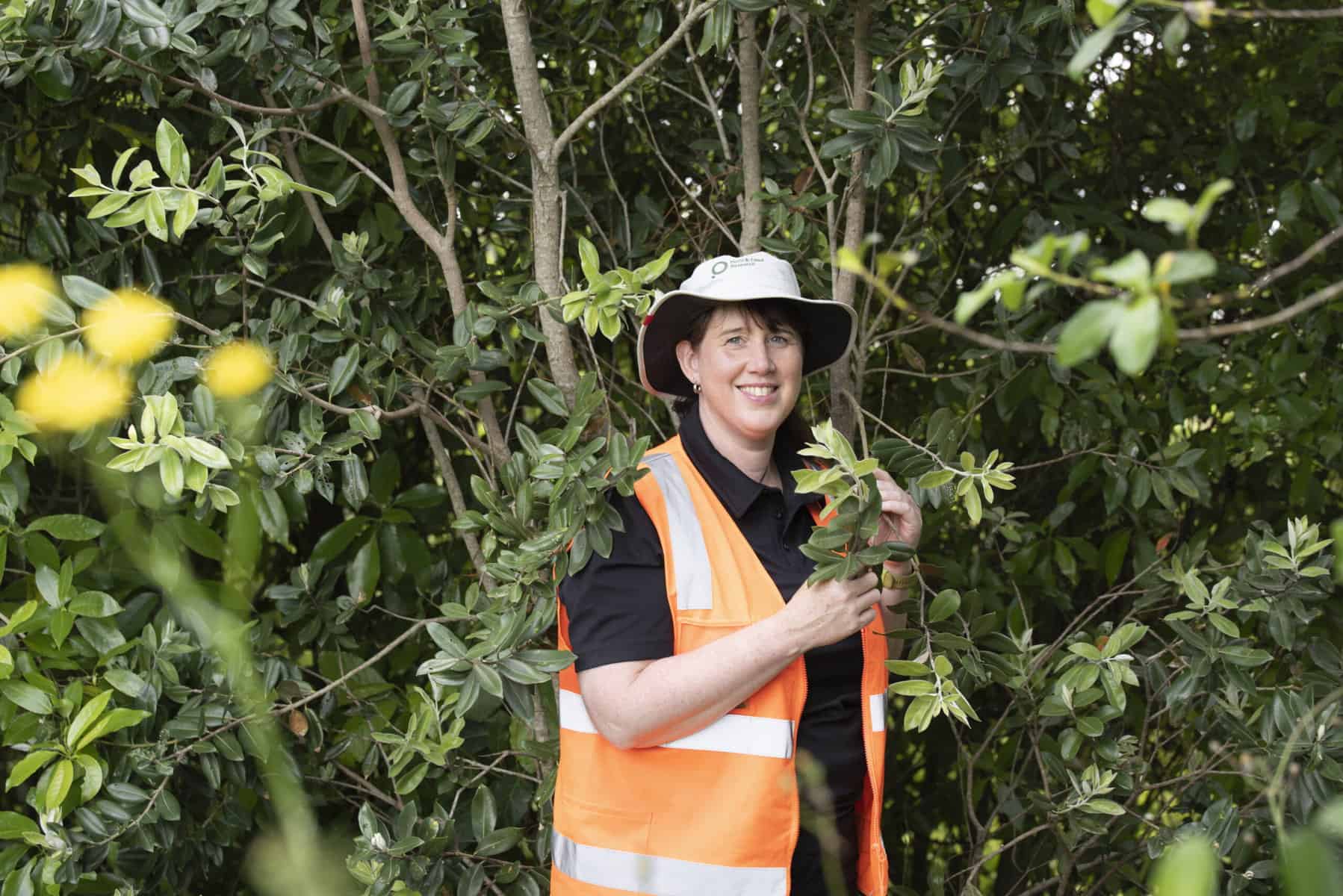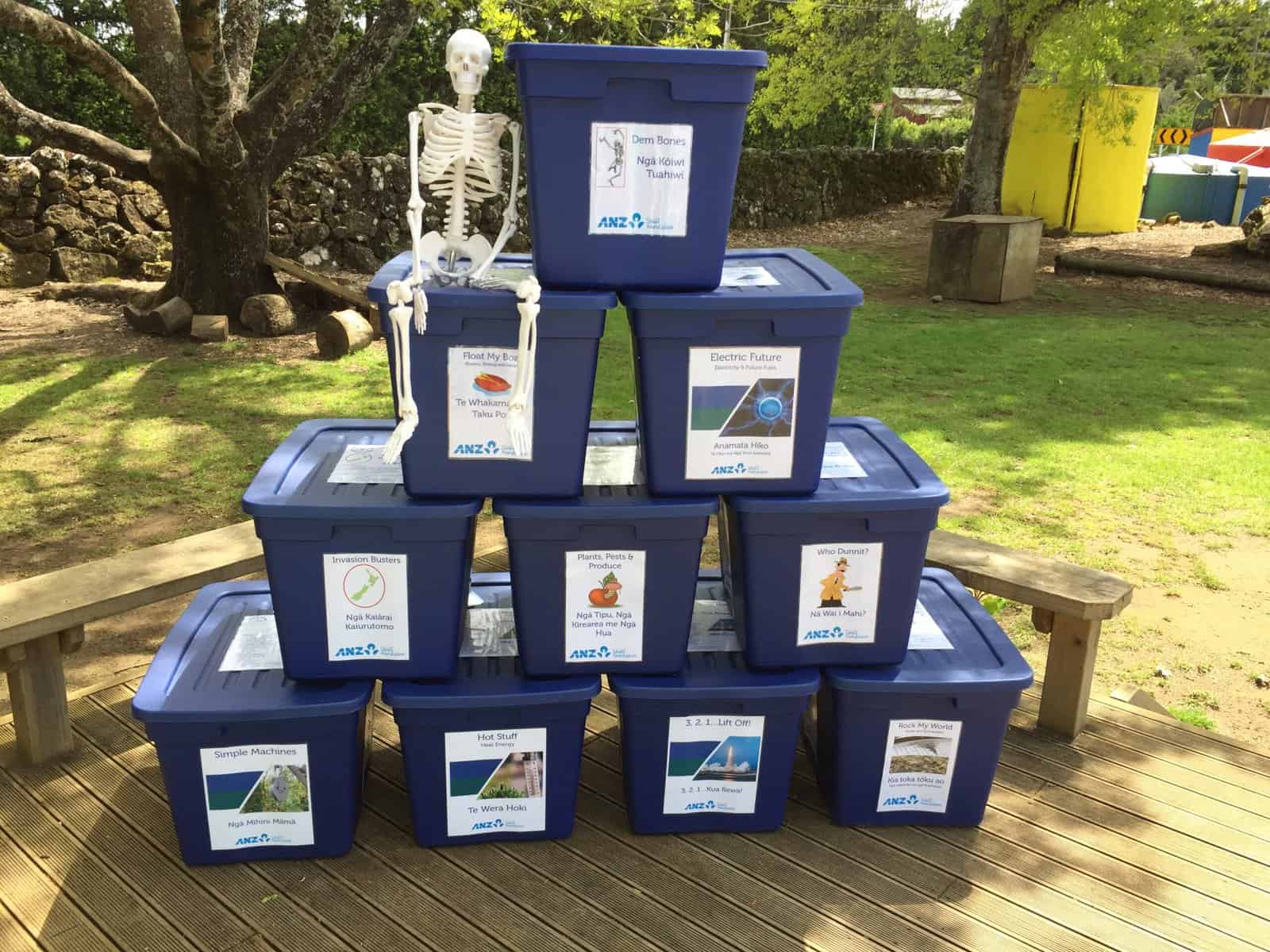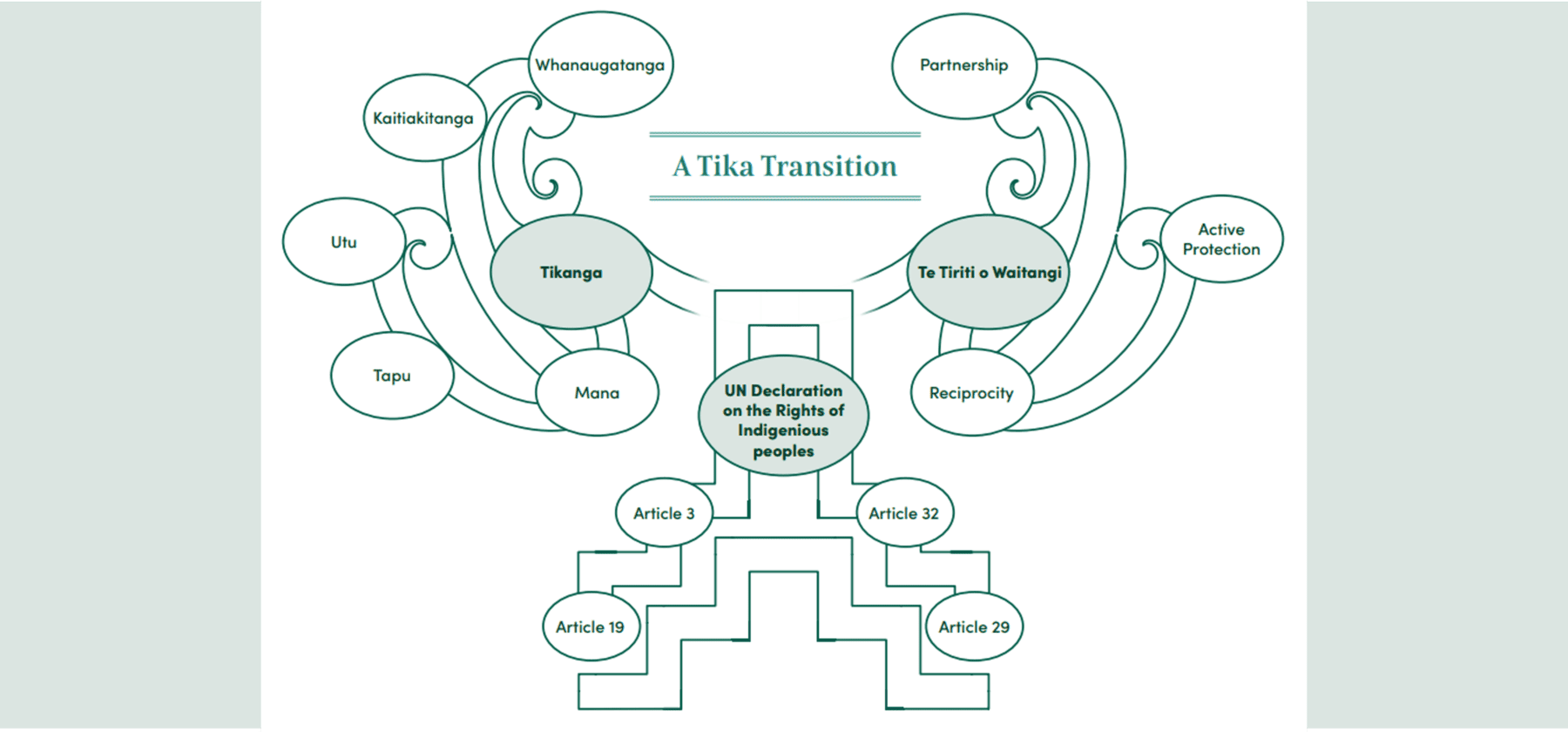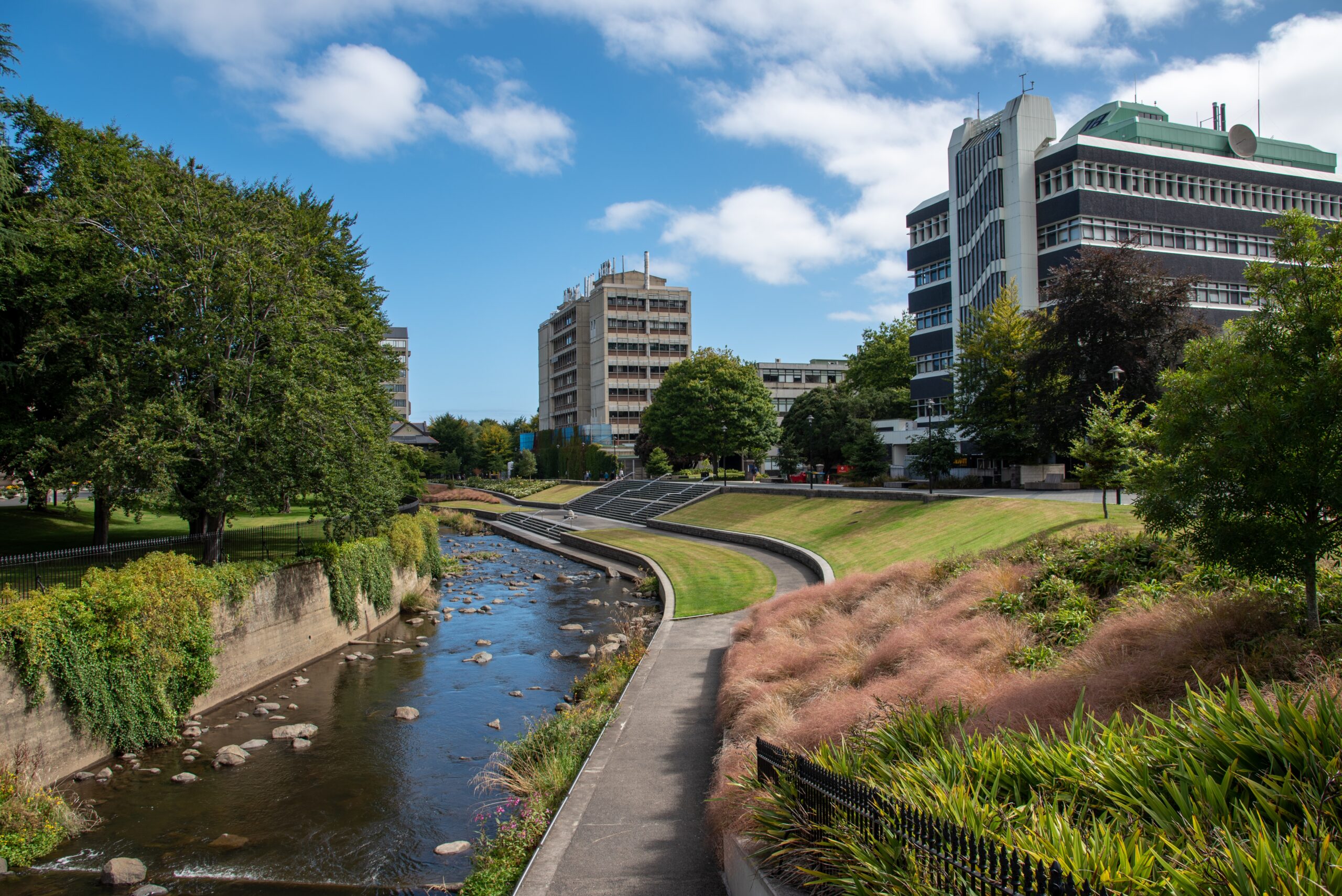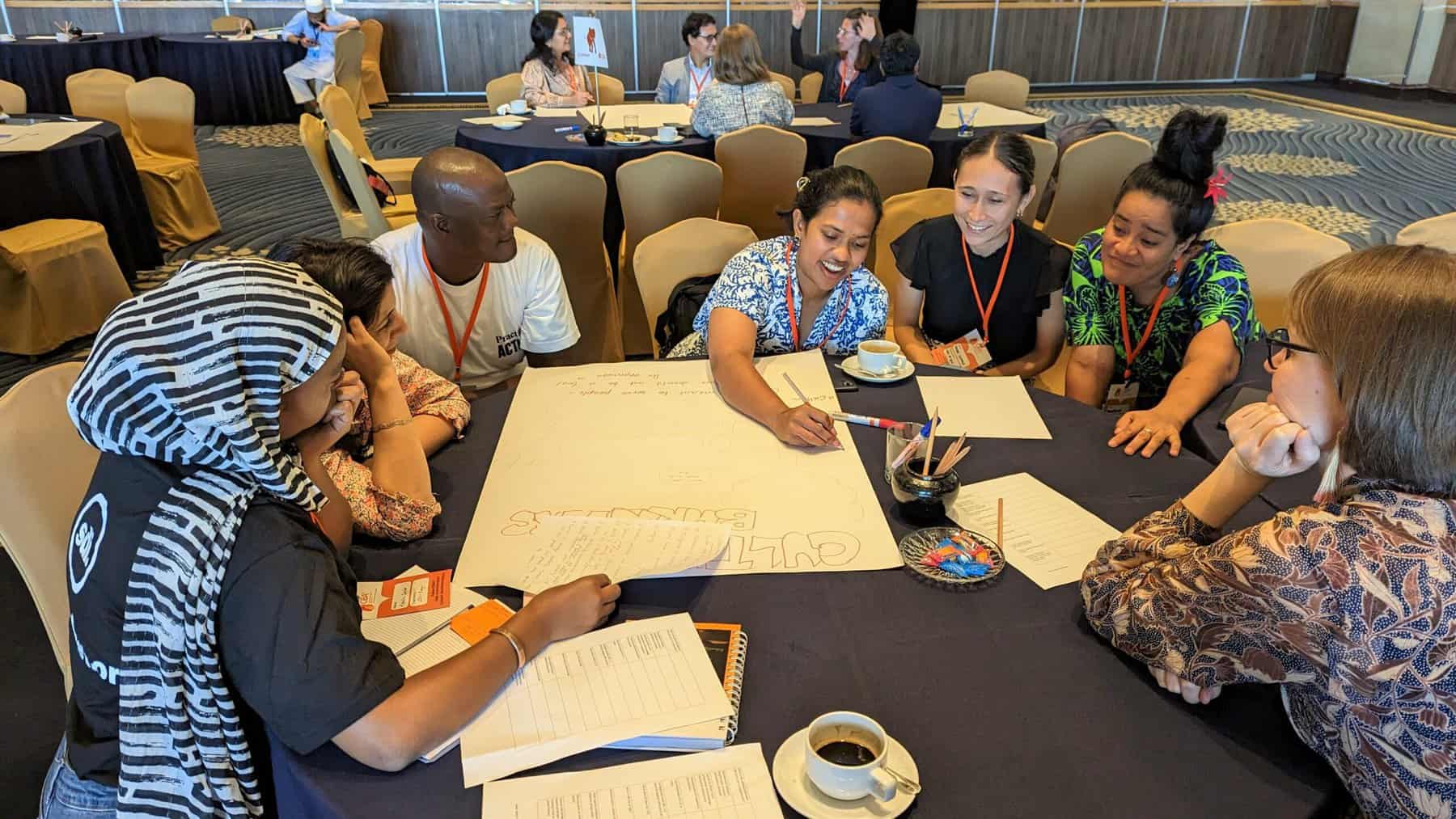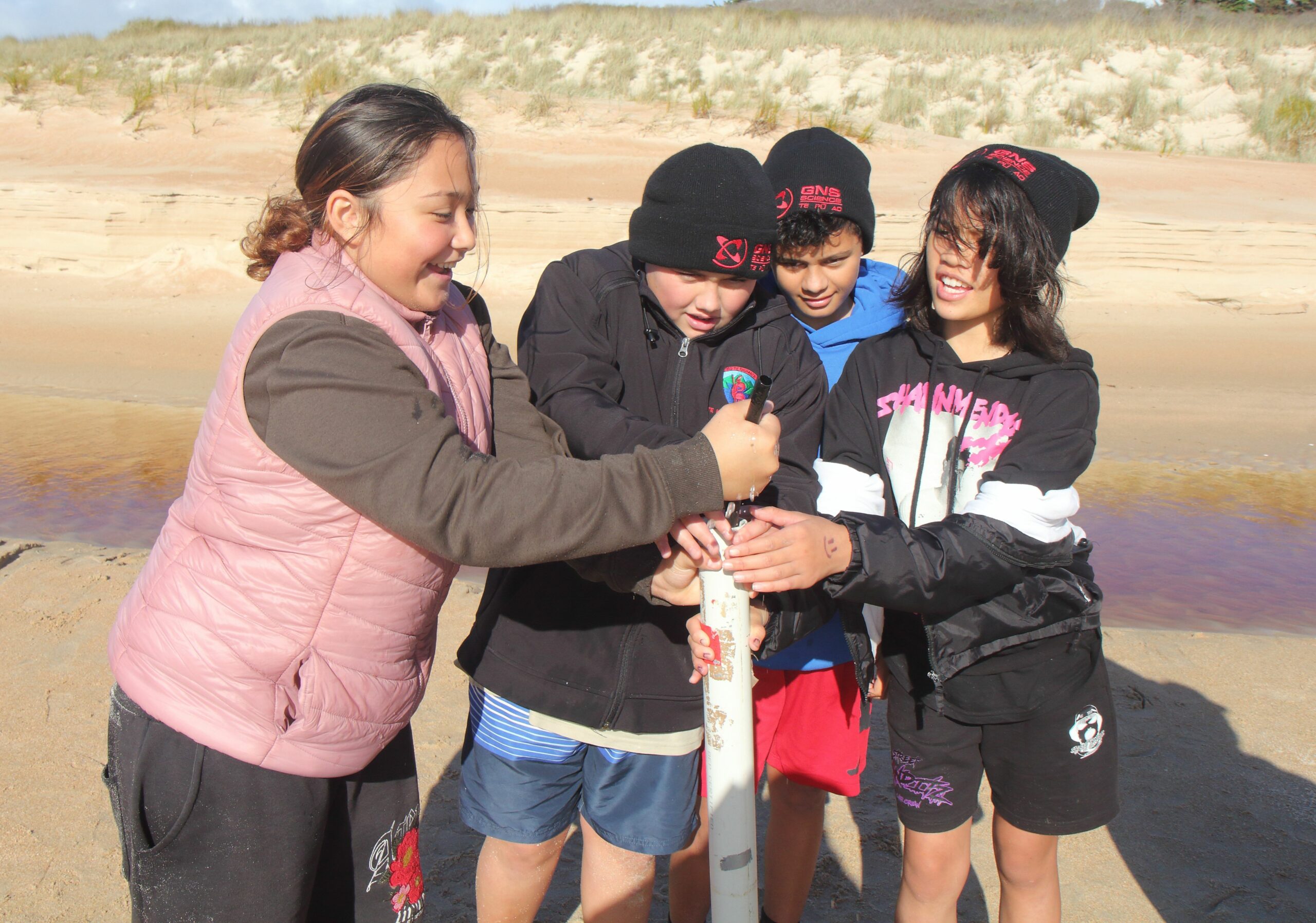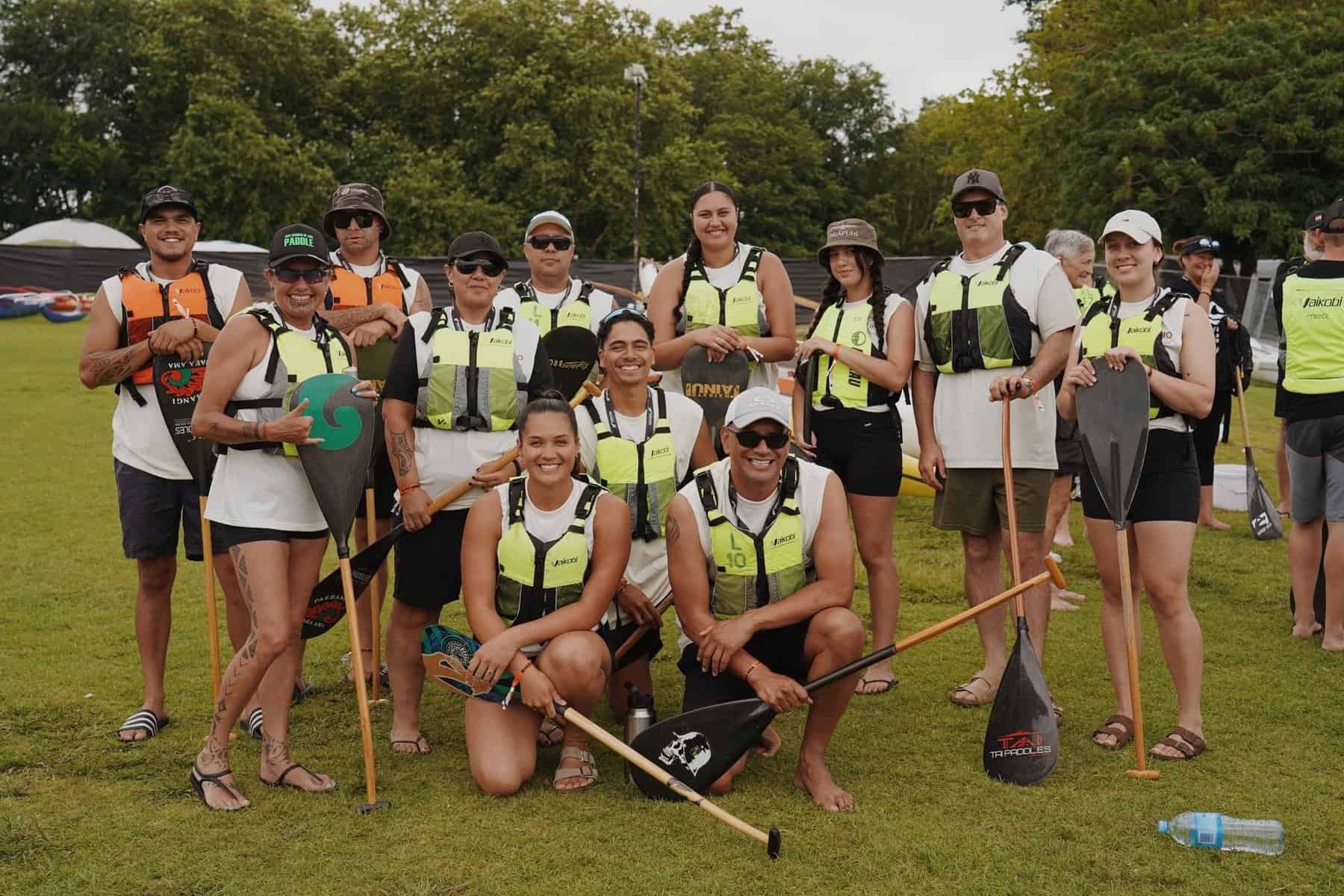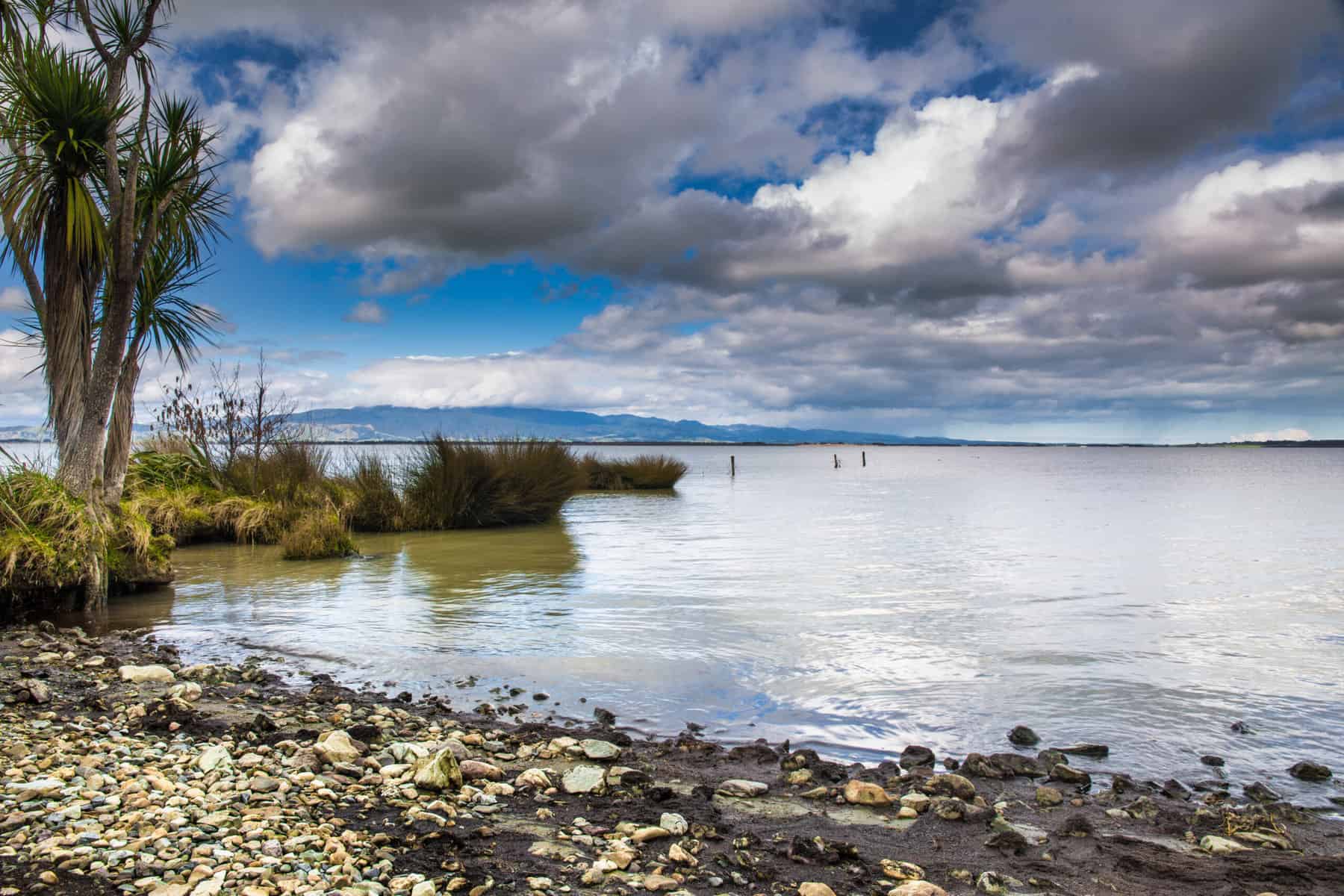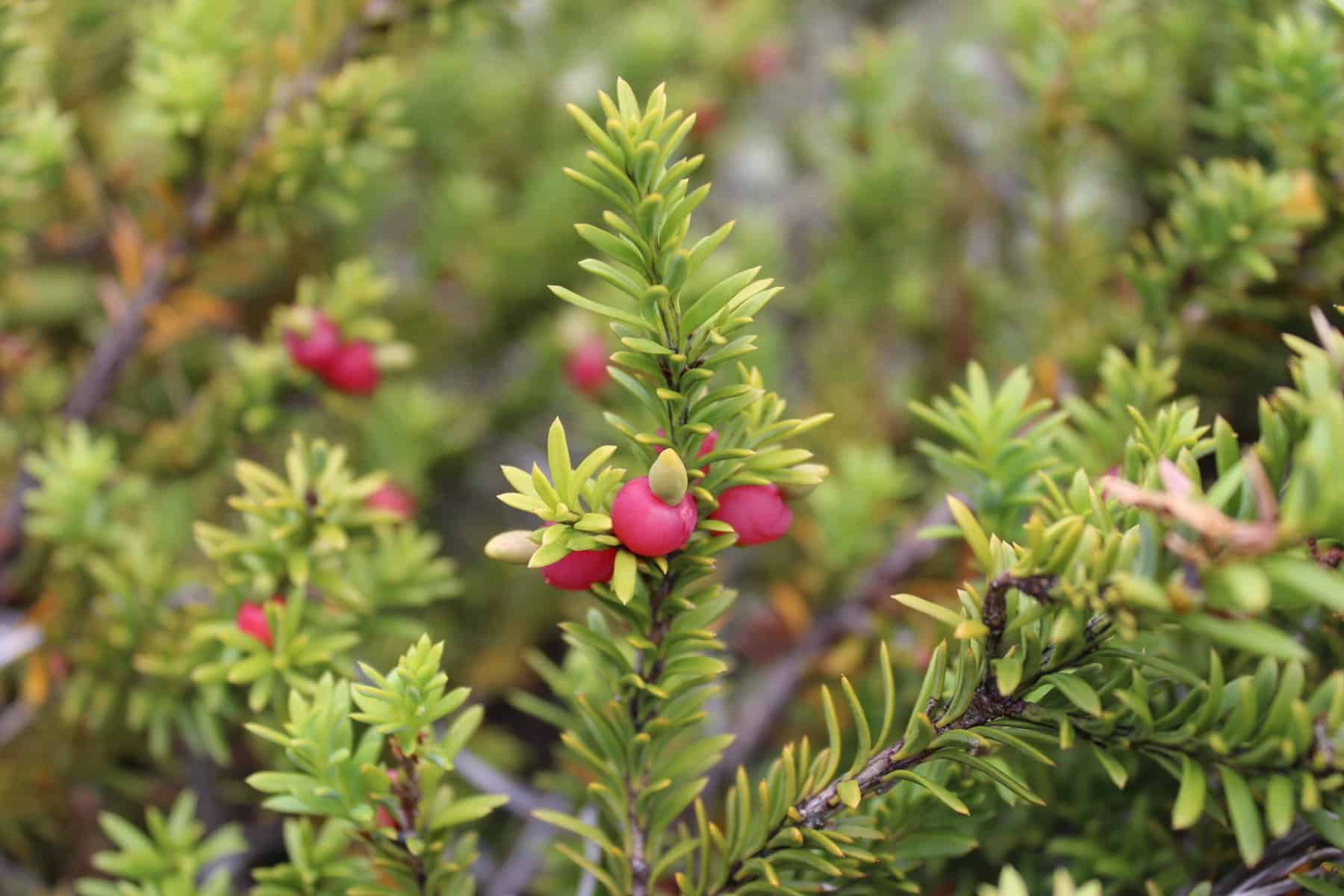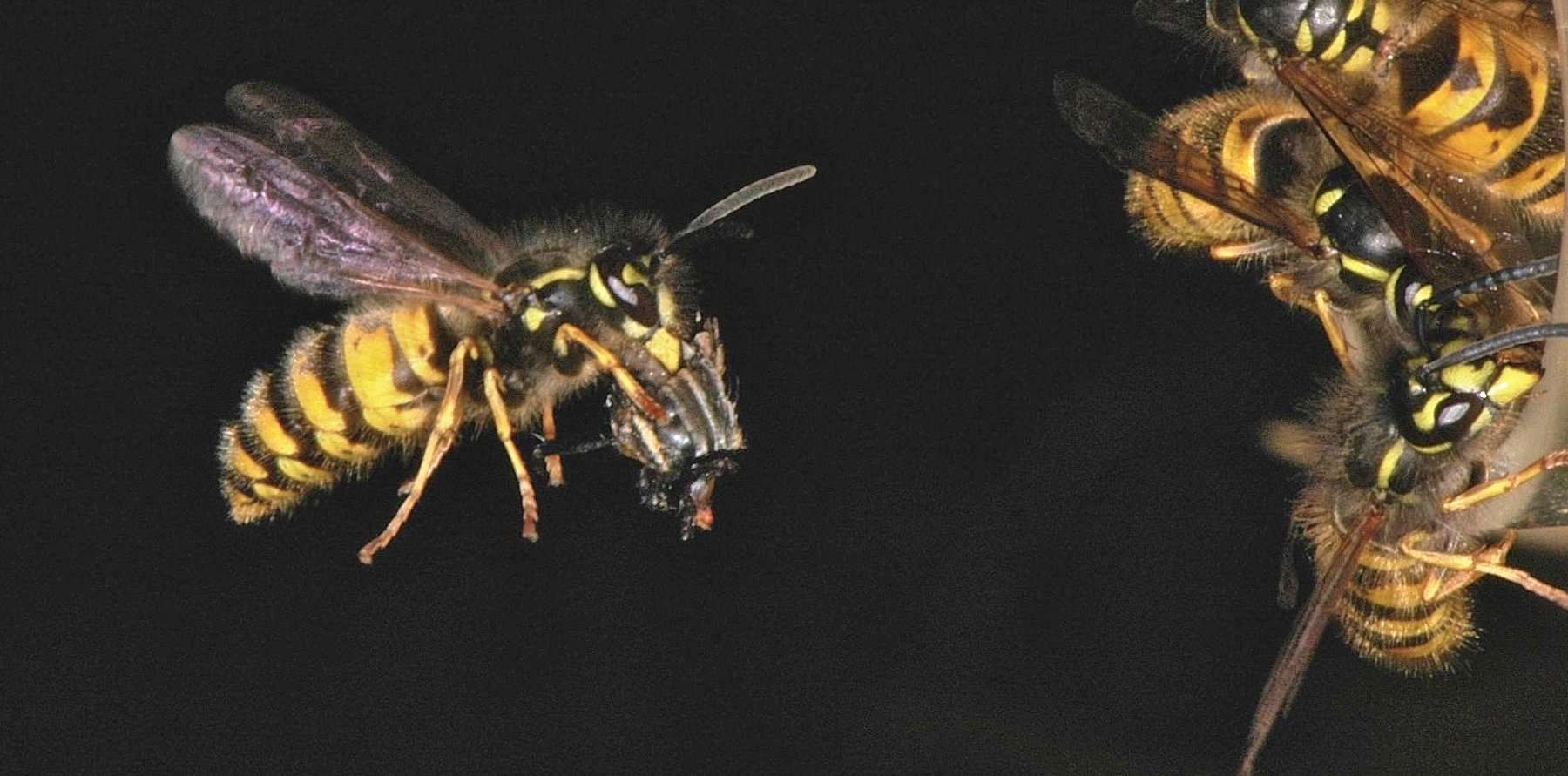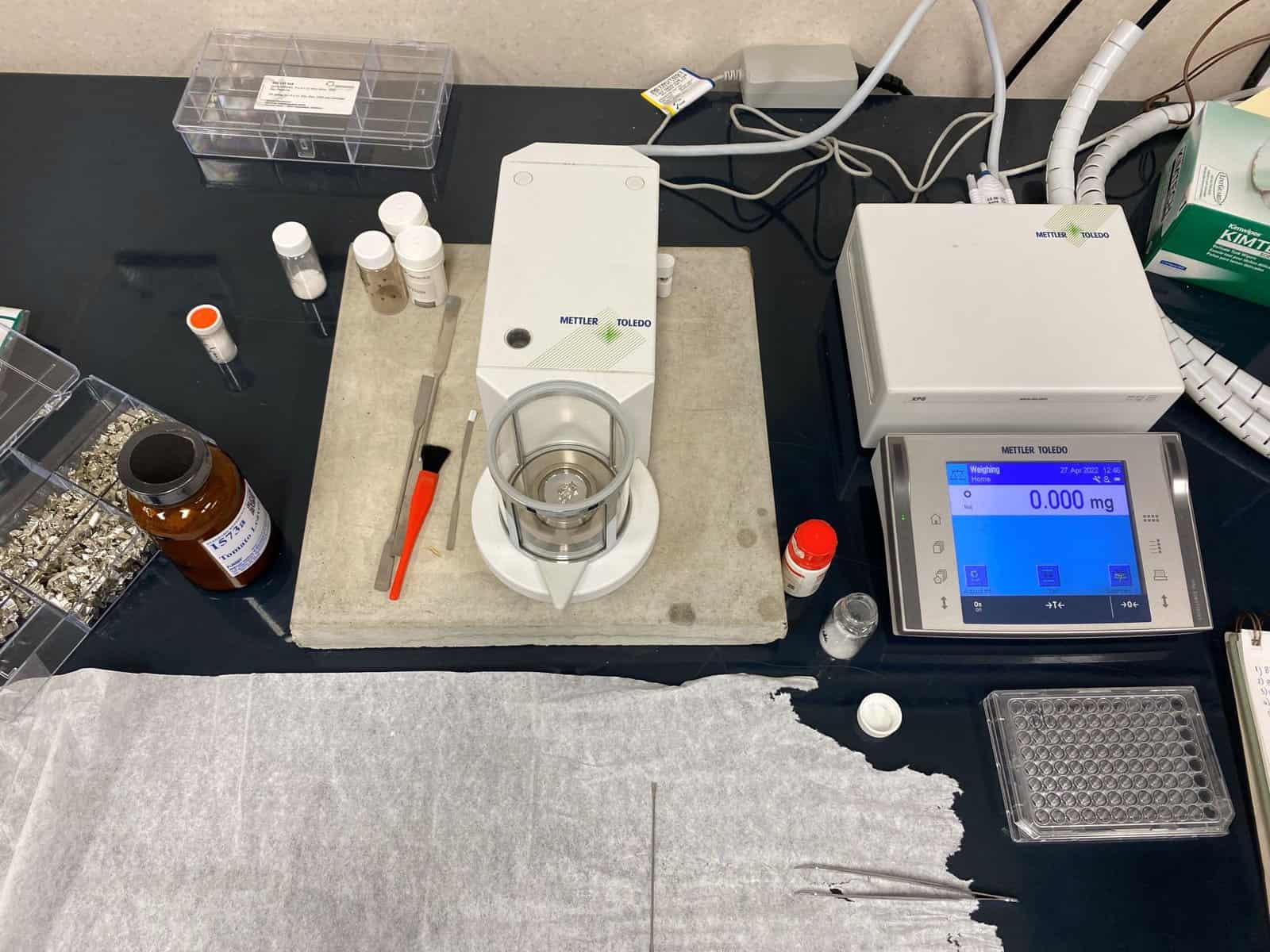“There’s a whole storytelling element to data interpretation, and Māori are storytellers – it’s part of our DNA,” says Corey Ruha (Te Arawa). “I think if we learn to handle data how we handle our stories, we can make some powerful changes.” Indigenous data sovereignty – the right of Māori to develop and manage the […]
Category: News
Breathing life back into Te Whanganui-a-Tara: the motivations of volunteer conservationists
Bringing together backgrounds in biology and in counselling, Julie Whitburn is a passionate advocate of social environmental research. “I’m really interested in the dual benefits that can come from ecological restoration projects, both for people and for the environment,” she says. “I really love it. I had no idea these two strands of my professional […]
A postdoc for AUT Living Labs
From a young age, Sarah dreamed of becoming an astrophysicist. She pursued physics and maths at university before deciding to shift towards biology. “It was hard at the beginning because I had no clue what a cell was,” says Sarah. “But I realized I had this massive passion for plants.” After completing her undergraduate degree […]
Ngā Pī Ka Rere Spotlight: Matt Wylie cares about fish and about connecting with people
Matt grew up on a farm in Southland where he would play in creeks and rivers. This was his first connection with fish. “Then, at boarding school, I used to breed tropical fish for fun,” says Matt. “I guess it was a natural progression for me to then go to the University of Otago and […]
Q&A with Beccy Ganley
How long have you been involved with Ngā Rākau Taketake? From the beginning! I was brought into the scoping group specifically because of my knowledge on myrtle rust. I was then asked to lead the Host, Pathogen & Environment theme. Then, in July 2021, I took over from Maureen O’Callaghan as Science Leader for the […]
Ngā Pī Ka Rere Spotlight: Breigh Lawson-Stanley is enlivening Māoritanga in biosecurity frameworks
Breigh Lawson-Stanley (Ngāi Tahu and Rongowhakaata) took to country life from the get-go, her fondest childhood memories always involving “mucking around” on her family farm in Southland. “We grew up in a farming community, learning to engage with and to respect the environment,” says Breigh. “Those values have always stayed with me.” From childhood, Breigh […]
New kit on forest health for House of Science
Chris Duggan is a seasoned science teacher, with 15 years’ experience teaching high school science. Over the course of her career, she became concerned about the lack of science students had coming into high school. “In 2013, a report published by the Education Review Office said that only about 27% of our primary schools were […]
A Tika Transition to a Flourishing Aotearoa
As a pre-eminent researcher in Māori political representation and constitutional change, especially in relation to environmental politics and policy, Maria is often in a position where she is assessing consultation documents and proposals that seek to transition Aotearoa to a better environmental future. She conducts these assessments from a Māori perspective. “If we want to […]
New paper a vehicle for sparking positive change
As an environmental psychologist, Lynette McLeod is very aware that there are lots of different people out there. “I study human behaviour change,” says Lynette. “I work with organisations to help them decide who they target and how they get them participating in positive environmental behaviours.” Her expertise makes her a great fit for the […]
Mapping connectedness and contribution towards te taiao
Through the BioHeritage Crazy and Ambitious Think Tank, Sandy Wakefield is helping create an online repository of Māori-led conservation projects from all over the country. The Think Tank repository is an online GIS (Geographic Information System) map. The repository will map places in Aotearoa where Māori and community-led environmental restoration projects are being undertaken, everywhere […]
Tūhura Papatūānuku Geo Noho grows knowledge and connection in Te Hiku Northland
To inspire Northland tamariki to consider a future career in the field of science, Tūhura Papatūānuku is designed to give students a more engaging learning experience under the guidance of professional scientists and local mātanga Māori leaders. With hands-on exploration and whakawhanaungatanga at the heart of Tūhura Papatūānuku, the four-day wānanga were based at local […]
Representing BioHeritage mahi at Waka Ama
It was a mint Waka Ama National Sprint Champs on Karāpiro hosted by Ngāti Korokī Kahukura. The Challenge stall saw around 100 kids per day across 6 days during extreme heat and even a flooded tent. The kids were especially interested in learning more about our tunatuna (also known as elvers or juvenile tuna/eels), why […]
New maps for swamp maire restoration coming soon
Julie Deslippe, a Senior Lecturer at Te Herenga Waka – Victoria University of Wellington, is one of many researchers working to reverse the decline of wetland health in the Wairarapa and nationally. “I’ve been working in the Wairarapa for about a decade now. “If there’s one message that I get from Wairarapa iwi, it’s that […]
The future is seedy for ex situ plant conservation in Aotearoa
Not only providing the set and stage for our native fauna, Aotearoa New Zealand’s trees are themselves diverse and dynamic players in our native ecosystems. Sarah Wyse calls them the “main event.” “Prior to human arrival, Aotearoa was 80 to 90% forest. They’re the heart of our ecosystems,” she says. “What’s more, the species here […]
Gene drives – maybe not a silver bullet, but a bullet nonetheless
A gene drive is both a natural process and a genetic engineering technology where a gene is promoted or favoured during reproduction—instead of there being a “chance” of an offspring inheriting a gene, gene drives almost guarantee that the offspring (and subsequent offspring) will inherit that gene. Gene drives could be designed to help mitigate […]
Ngā Pī Ka Rere grants supports the publication of important Kauri Dieback research
On holiday in Transylvania, Isaar met with BioHeritage writer Kerry Donovan Brown via video call. Earlier in the day, Isaar had visited Bran Castle, a fortress known otherwise as “Dracula’s Castle”. If entering the domain of an infamous baddie is hair-raising for the average tourist, for Isaar, it’s business as usual. Beginning his research career, […]
